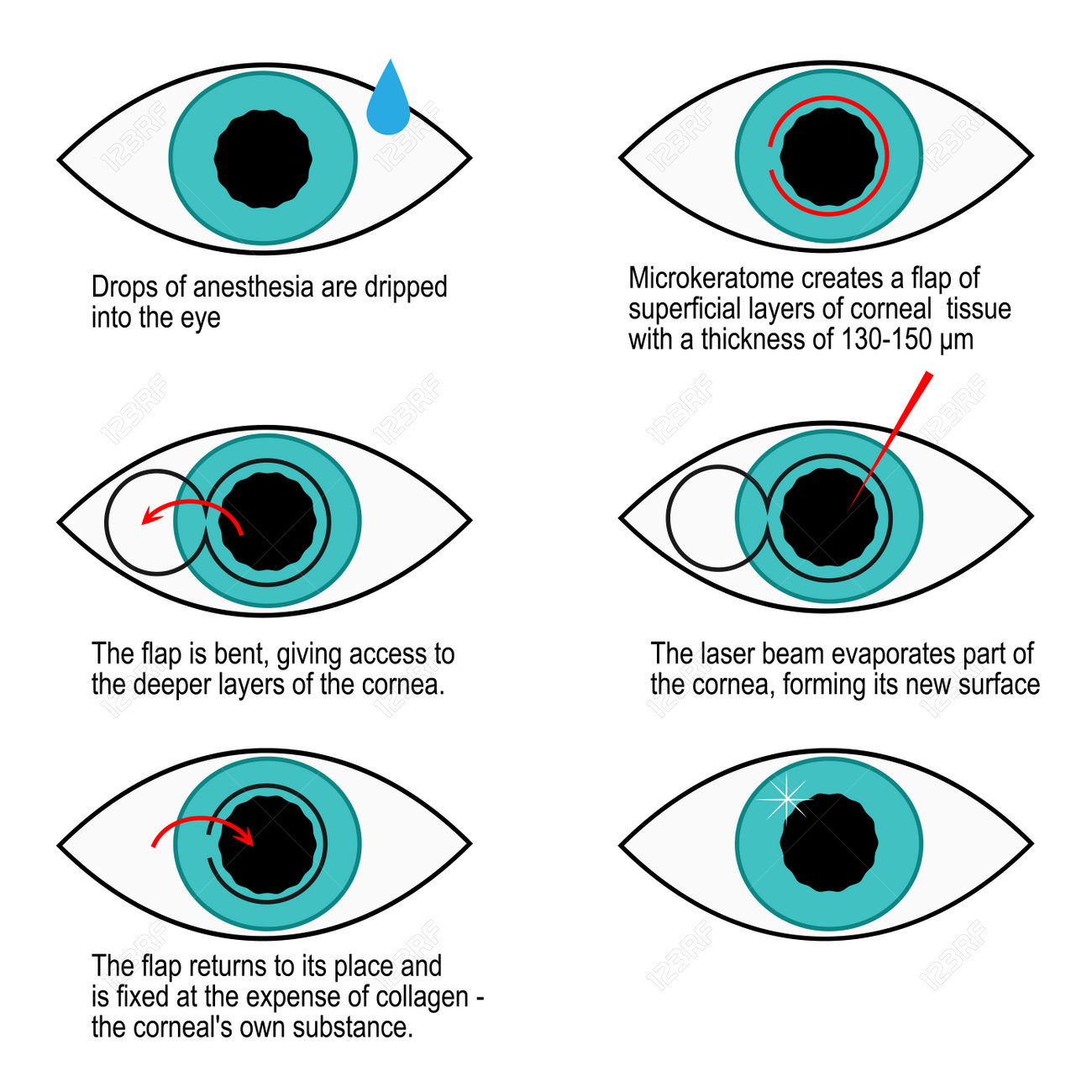What Are The Differences And Similarities Between SMILE Eye Surgery And LASIK And PRK?
What Are The Differences And Similarities Between SMILE Eye Surgery And LASIK And PRK?
Blog Article
Author-Ryberg Copeland
If you have actually been taking into consideration SMILE eye surgical procedure, you might ask yourself just how it stacks up against LASIK and PRK. Each procedure has its very own set of advantages and considerations. From quicker healing times to potential risks, there are crucial differences you need to be aware of before deciding. Recognizing these distinctions will assist you make an educated option that lines up with your specific demands and expectations. Interested to know even more regarding how these treatments contrast in detail? Continue exploring to gain a detailed understanding of SMILE, LASIK, and PRK.
SMILE Eye Surgical Procedure Review
If you're thinking about SMILE eye surgery, you'll discover it to be a minimally intrusive treatment with a quick recovery time. Throughout SMILE (Little Laceration Lenticule Removal), a laser is used to produce a small, accurate incision in the cornea to get rid of a tiny item of cells, reshaping it to fix your vision. This differs from LASIK, where a flap is developed, and PRK, where the outer layer of the cornea is entirely removed.
Among the essential benefits of SMILE is its minimally intrusive nature, leading to a faster recovery procedure and less discomfort post-surgery. The healing time for SMILE is relatively quick, with several clients experiencing enhanced vision within a day or two. This makes it a popular choice for those looking for a hassle-free and effective vision adjustment procedure. Additionally, SMILE has been revealed to have a lower risk of dry eye disorder compared to LASIK, making it a favorable option for individuals concerned concerning this prospective negative effects.
Distinctions In Between SMILE, LASIK, and PRK
When comparing SMILE, LASIK, and PRK eye surgeries, it is necessary to recognize the unique strategies used in each treatment for vision modification.
SMILE (Tiny Laceration Lenticule Removal) is a minimally invasive procedure that involves producing a little laceration to extract a lenticule from the cornea, improving it to remedy vision.
LASIK (Laser-Assisted Sitting Keratomileusis) entails producing a thin flap on the cornea, using a laser to reshape the underlying cells, and then rearranging the flap.
PRK (Photorefractive Keratectomy) eliminates the outer layer of the cornea prior to improving the tissue with a laser.
The major difference hinges on the means the cornea is accessed and treated. SMILE is flapless, making it a good alternative for individuals with thin corneas or those associated with contact sports. LASIK offers fast aesthetic recuperation because of the flap creation, but it might posture a higher danger of flap-related issues. PRK, although having a longer healing duration, prevents flap-related concerns altogether.
Comprehending cataract surgery length is crucial in picking one of the most suitable treatment for your vision improvement requirements.
Benefits And Drawbacks Comparison
To examine the benefits and drawbacks of SMILE, LASIK, and PRK eye surgical procedures, it's necessary to consider the details benefits and possible constraints of each procedure. SMILE surgical procedure uses the advantage of a minimally invasive procedure, with a smaller cut and potentially quicker healing time contrasted to LASIK and PRK. It additionally minimizes the danger of completely dry eye post-surgery, a typical side effect of LASIK. Nonetheless, SMILE may have constraints in dealing with greater levels of myopia or astigmatism compared to LASIK.
LASIK surgical procedure gives quick visual healing and very little discomfort throughout the treatment. It's highly reliable in dealing with a variety of refractive errors, consisting of myopia, hyperopia, and astigmatism. Yet, LASIK brings a threat of flap problems, which can affect the corneal structure.
PRK eye surgery, while not as prominent as LASIK, prevents developing a corneal flap, lowering the threat of flap-related complications. It's suitable for clients with slim corneas or irregular corneal surfaces. Nonetheless, PRK has a longer recuperation time and may entail much more pain during the recovery procedure.
Verdict
So, when it concerns selecting in between SMILE, LASIK, and PRK, consider it like selecting the best set of footwear. SMILE is like a streamlined, comfortable pair of sneakers - fast and easy.
LASIK is much more like trendy high heels - fancy and quick, yet with some possible risks.
PRK is like sturdy treking boots - trusted and sturdy, yet calling for a bit more effort and time.
Inevitably, LASIK Eye Surgery Doctor depends on your private needs and choices.
